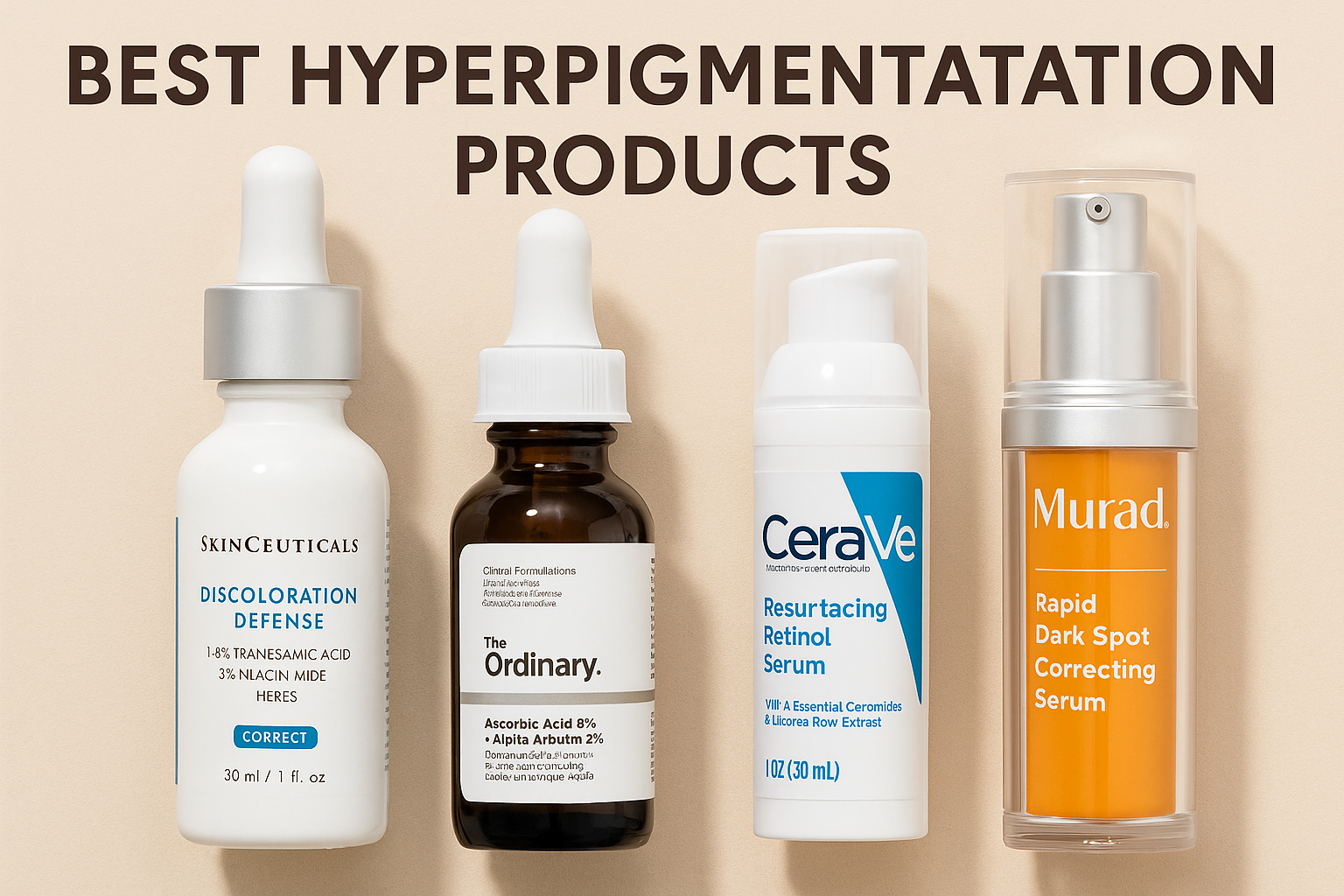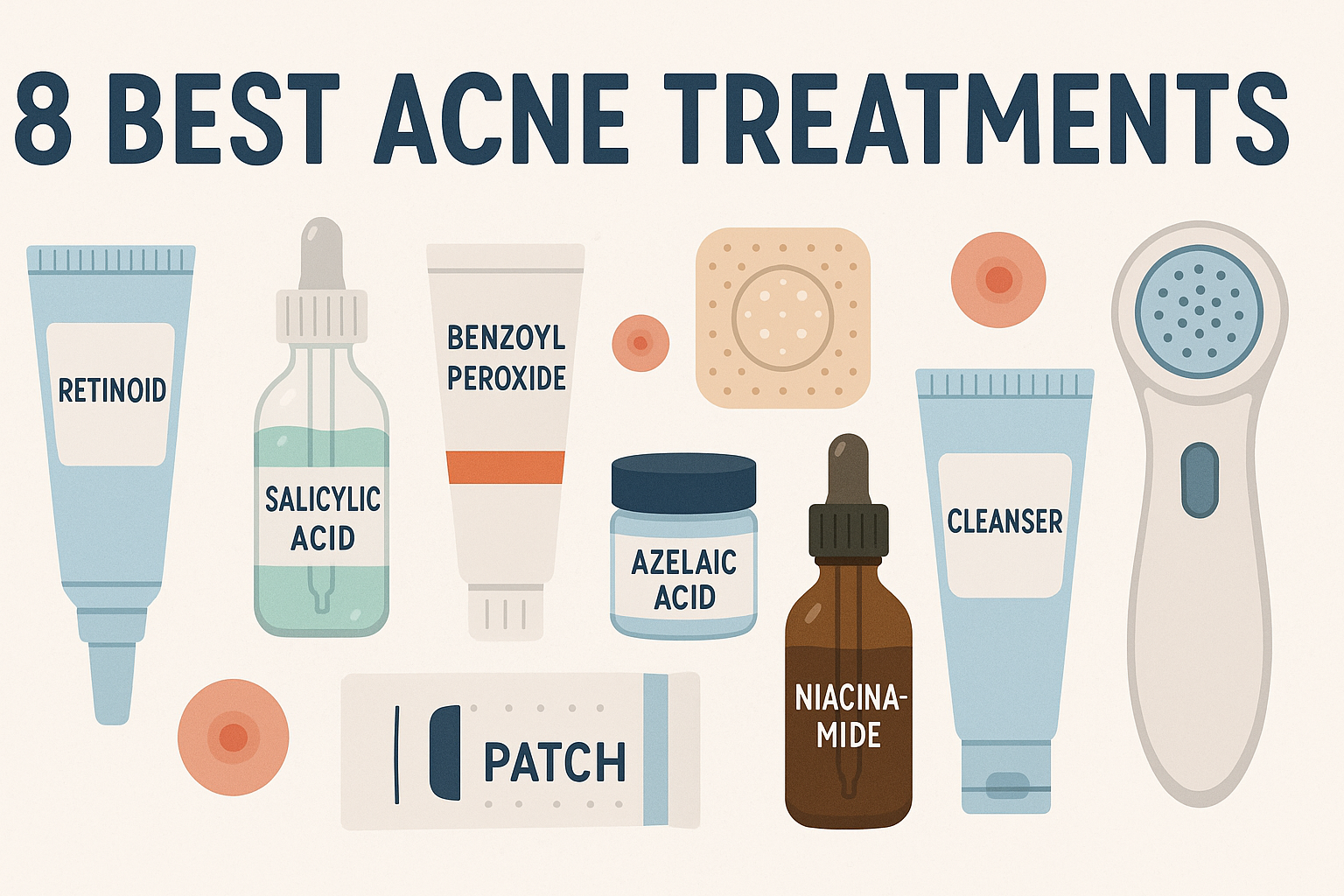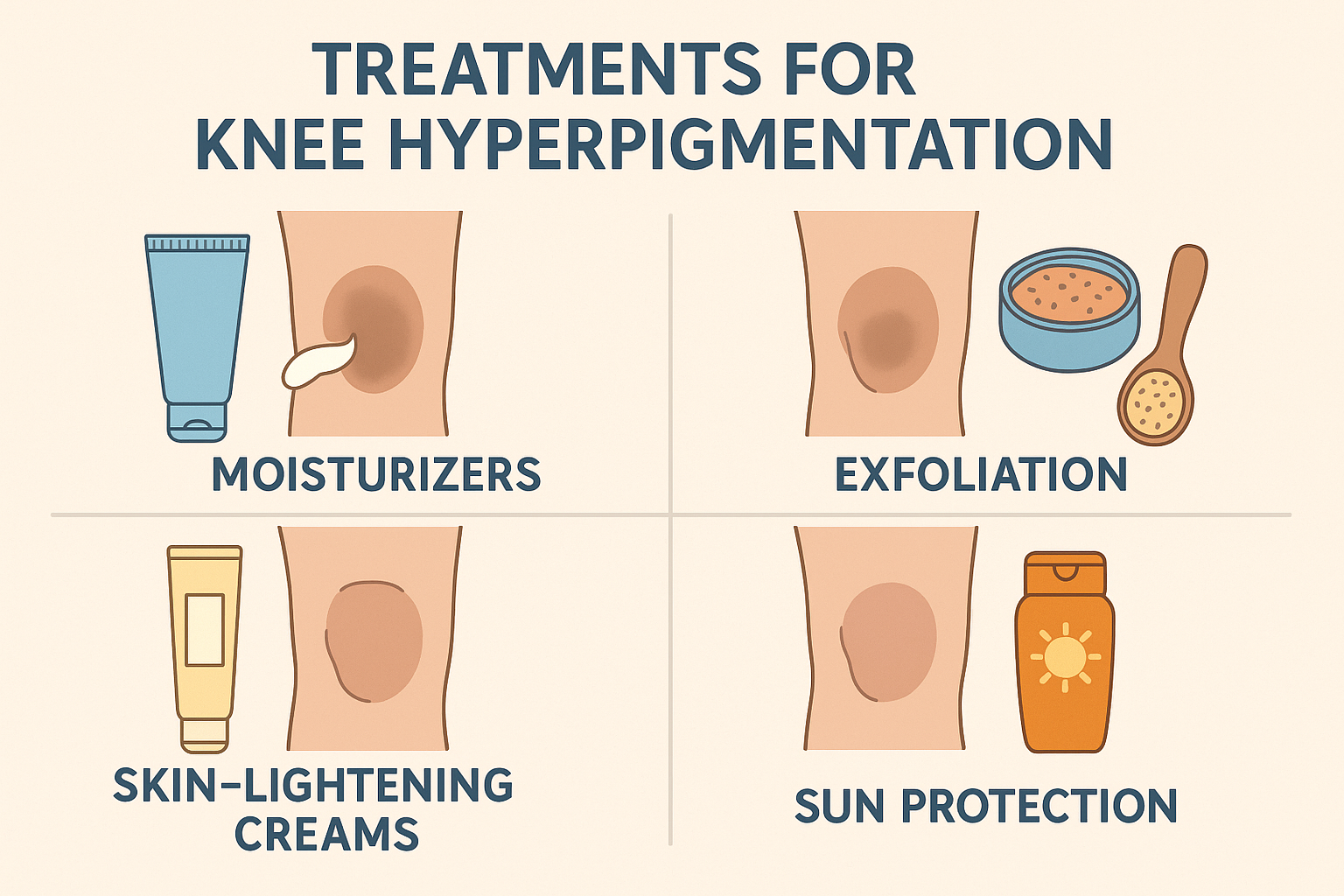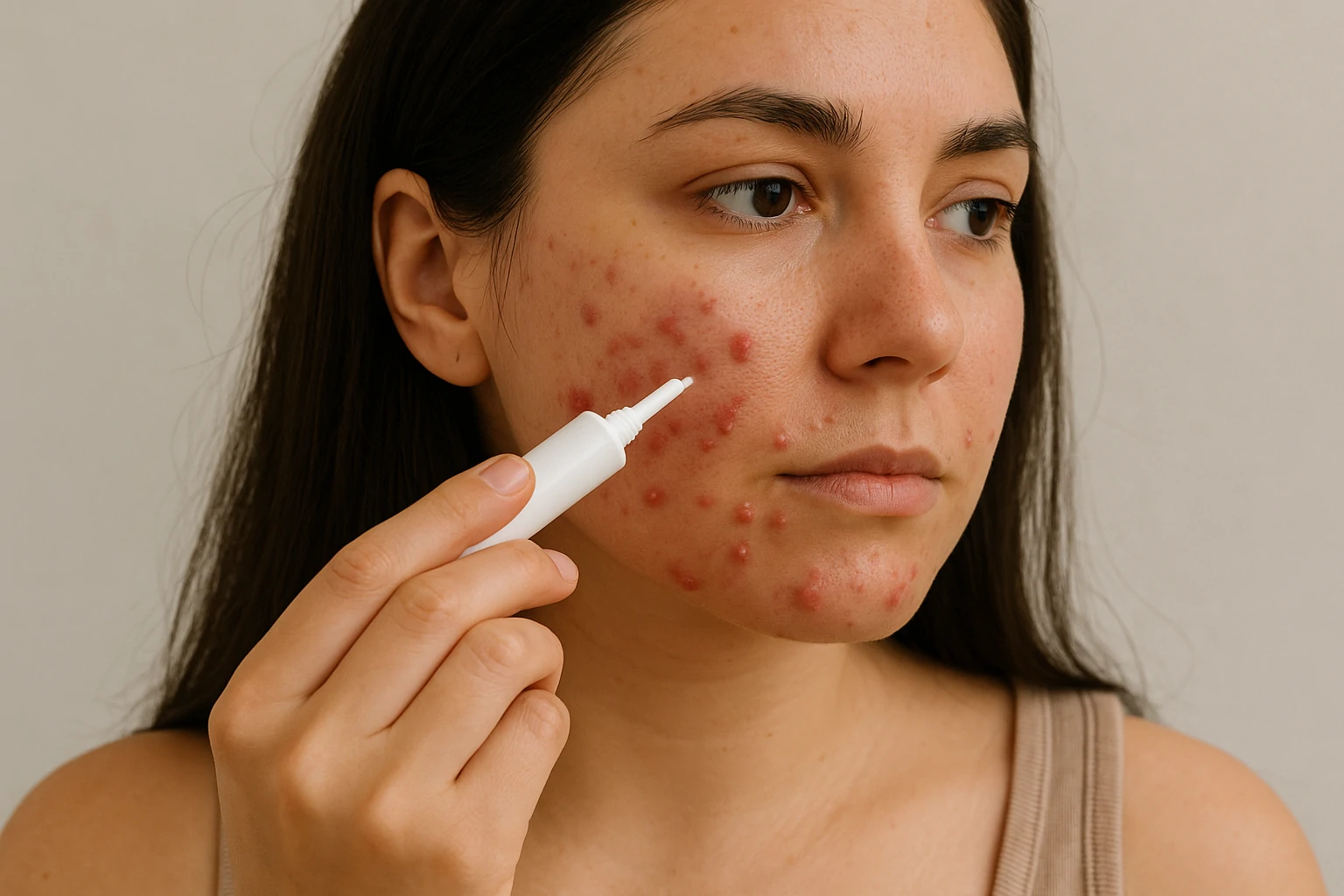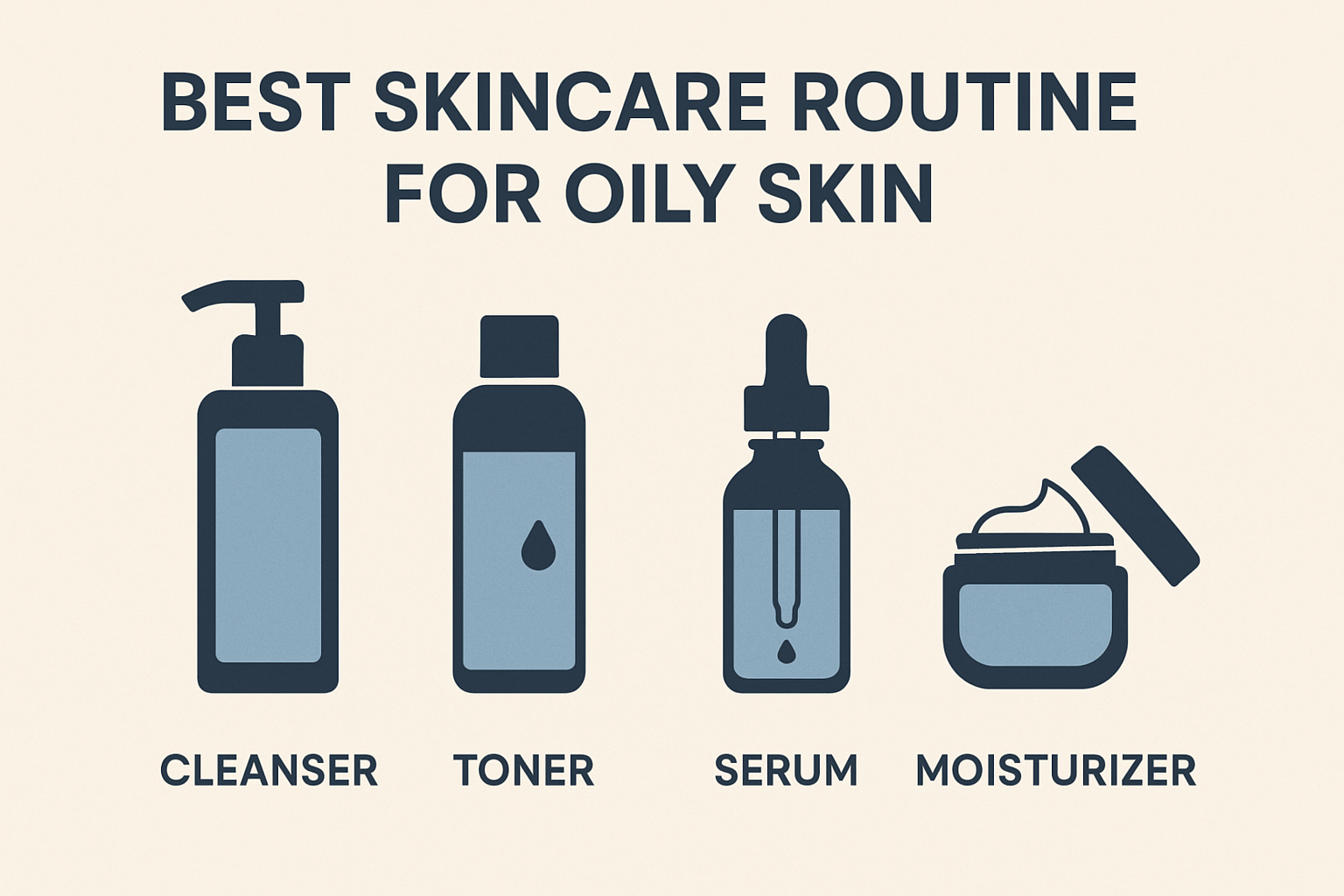Salicylic Acid: The Acne Treatment Derms Swear By

If you’re dealing with acne-prone skin, you’ve likely come across salicylic acid. This powerhouse ingredient is a staple in cleansers, spot treatments, and toners—but understanding how it works is essential before adding it to your routine.
Dermatologists love salicylic acid for a reason: it’s a beta hydroxy acid (BHA) that penetrates deep into pores to remove excess oil and dead skin cells, preventing future breakouts. Unlike physical scrubs that can irritate skin, salicylic acid exfoliates gently and effectively.
Because skincare is highly personal, it’s important to understand how salicylic acid works, what benefits it offers, and whether it suits your skin type. If you’re just getting into skincare and looking for a solution that targets acne at its root, this ingredient might be your best starting point. Let’s explore why salicylic acid remains a dermatologist favorite for clear, healthy skin.
What Exactly Is Salicylic Acid?
Salicylic acid is a type of beta hydroxy acid (BHA) derived from willow bark extract. Known for its oil-soluble nature, it dives deep into pores—making it a top pick for oily and acne-prone skin.
Here’s the science: acne forms when excess sebum, dead skin, and bacteria clog your pores. Salicylic acid helps by loosening the bonds between dead skin cells and dissolving oil buildup. The result? Clearer pores and fewer breakouts.
According to Dr. Andrea Suarez, a board-certified dermatologist, “Salicylic acid doesn’t just treat acne—it helps prevent it by keeping pores consistently clean.”
Plus, it has mild anti-inflammatory properties that calm redness and irritation. Whether you’re dealing with blackheads, whiteheads, or mild pimples, salicylic acid offers a targeted, science-backed approach.
What Skincare Products Contain Salicylic Acid?
Salicylic acid shows up in more than just acne spot treatments. You’ll find it in facial cleansers, toners, serums, exfoliating pads, and even chemical peels. Each formula is designed with different concentrations to target specific concerns.
Lightweight cleansers or serums (0.5%–2%) work well for daily use, especially for mild breakouts. Stronger treatments like exfoliating toners or peels are usually reserved for weekly use or professional care.
Dermatologist Dr. Shereene Idriss emphasizes, “Start low and slow—especially if you’re new to actives. Overuse can lead to dryness or irritation.”
Choosing the right formulation based on your skin type and tolerance is key. Always patch test and introduce one product at a time to avoid overwhelming your skin.
Top Benefits of Salicylic Acid for Your Skin
Salicylic acid does more than just fight acne. Here are its key benefits, especially for those just starting a skincare routine:
- Exfoliates Dead Skin: As a gentle keratolytic agent, it promotes cell turnover for smoother, brighter skin.
- Unclogs Pores: It dissolves oil and debris trapped in pores, helping to reduce blackheads and whiteheads.
- Controls Excess Oil: By managing sebum production, it helps balance oily skin.
- Prevents New Breakouts: Regular use can stop acne before it starts.
- Soothes Inflammation: Its anti-inflammatory nature helps reduce redness and swelling.[1Lu J, Cong T, Wen X, et al. Salicylic acid treats acne vulgaris by suppressing AMPK/SREBP1 pathway in sebocytes. Exp Dermatol. 2019;28(7):786-794. doi:10.1111/exd.13934.]
- Easily Accessible: You can buy over-the-counter products with effective concentrations.
If you’re building your first skincare routine, salicylic acid is a beginner-friendly solution with proven results. It’s widely recommended by experts and easy to integrate into most regimens.
Salicylic Acid vs. Glycolic Acid: Which One Should You Use?
New to chemical exfoliants? It’s common to wonder whether salicylic acid or glycolic acid is the better pick. While both are exfoliants, they serve different purposes and skin types.
- Salicylic Acid (BHA): Oil-soluble and penetrates deep into pores—perfect for oily, acne-prone skin.
- Glycolic Acid (AHA): Water-soluble and works on the surface to remove dead skin—ideal for dry or dull skin.
According to Dr. Whitney Bowe, a dermatologist and skincare researcher, “Combining both acids—carefully—can give you the best of both worlds: deep pore cleansing and surface renewal.”
Beginners should introduce one acid at a time and avoid layering unless guided by a professional. Listen to your skin and adjust based on how it responds.
Salicylic Acid vs. Benzoyl Peroxide: Which One’s Right for You?
Salicylic acid and benzoyl peroxide are two go-to acne treatments often found in over-the-counter (OTC) products—but they work differently on the skin.[2Decker A, Graber EM. Over-the-counter acne treatments: a review. J Clin Aesthet Dermatol. 2012;5(5):32-40.]
Salicylic acid clears pores by dissolving oil and dead skin buildup, making it effective for blackheads, whiteheads, and mild breakouts. It works from the inside out, gently exfoliating and preventing new clogs.
Benzoyl peroxide, on the other hand, targets acne-causing bacteria. It’s especially helpful for inflamed pimples like papules and pustules. However, it can be drying or irritating, particularly for sensitive skin. It may also bleach fabrics—so be careful with towels and pillowcases.
Many dermatologists recommend using one or the other based on your skin’s needs. In some cases, they’re used together—just not at the same time—to get the best of both worlds. If you’re unsure which to choose, consider your acne type, skin sensitivity, and tolerance level.
Potential Side Effects of Salicylic Acid You Should Know
Although salicylic acid is a favorite acne treatment, it doesn’t work for everyone. It’s most effective on oily, acne-prone skin, but those with dry or sensitive skin may experience irritation.
Common side effects include mild stinging, dryness, or a slight burning sensation—especially in the first few uses. These usually fade as your skin adjusts. But if irritation worsens or persists, stop using the product and consult a dermatologist.
Another important note: salicylic acid can make your skin more sensitive to the sun. Always follow up with sunscreen during the day (at least SPF 30), and reapply regularly if you’re outdoors. Avoiding direct sunlight can help minimize risks like sunburn or peeling.
Start slow, observe your skin, and prioritize hydration—especially if you’re new to active ingredients.
How to Use Salicylic Acid Safely and Effectively
Using salicylic acid the right way makes all the difference. For beginners, it’s best to start slow—apply every 2–3 days to see how your skin reacts. Gradually increase frequency as your skin builds tolerance.
Stick to the product instructions and avoid layering it with other strong actives unless recommended by a professional. Focus only on areas that need treatment to avoid unnecessary irritation.
If you’re looking for a safe starting point, consider Neutrogena Oil-Free Acne Wash (2% salicylic acid) for facial or body breakouts. For rough, dry skin, CeraVe SA Lotion combines salicylic acid with ceramides, hyaluronic acid, and niacinamide to hydrate and smooth skin.
Remember: more isn’t always better. Consistent, mindful use is what delivers results.
Who Should Avoid Salicylic Acid?
While salicylic acid is effective for many, it’s not ideal for everyone. People with very sensitive, dry, or eczema-prone skin should be cautious, as it may cause further irritation.
Pregnant women are also advised to limit or avoid high concentrations of salicylic acid. While small amounts in spot treatments may be safe, it’s best to check with your doctor before using it regularly.
If you have rosacea or active dermatitis, this ingredient may worsen redness or stinging. Combining it with other exfoliants like retinoids can also increase the risk of peeling or discomfort.
The golden rule? Know your skin type and go slow. When in doubt, consult a dermatologist before trying new active ingredients—especially if your skin is already reactive or under treatment.
Morning vs. Night: When’s the Best Time to Use Salicylic Acid?
Salicylic acid can be used either in the morning or at night—but nighttime is often better, especially for beginners. That’s because your skin naturally repairs itself while you sleep, making it the perfect time for gentle exfoliation.
If you do apply it in the morning, always pair it with sunscreen (SPF 30 or higher). Salicylic acid increases sun sensitivity, and skipping sun protection can lead to redness or sunburn.
To reduce the risk of irritation, avoid layering it with strong morning actives like high-potency vitamin C or retinol. At night, use it after cleansing and before moisturizing. Allow it to absorb fully before applying your next step.
Start with 2–3 times a week and adjust based on your skin’s response. Consistency matters more than frequency—especially when building a beginner-friendly routine.
Choosing the Right Salicylic Acid Product for Your Skin Type
Picking the right salicylic acid product can make or break your skincare results. Each skin type needs a slightly different approach:
- Oily & acne-prone skin: Go for lightweight cleansers or toners (1–2%) with water-based or gel textures. They help manage excess oil without clogging pores.
- Combination skin: Try a mild serum or spot treatment focused on oily zones like the T-zone. This targets breakouts without drying out the rest of your face.
- Dry or sensitive skin: Look for cream-based formulas with moisturizing ingredients like ceramides or hyaluronic acid. Avoid high concentrations.
Also, check for “non-comedogenic” labels to ensure the product won’t clog your pores. When in doubt, start with lower percentages and observe how your skin reacts before increasing frequency or strength.
Your skin will thank you for going slow and choosing thoughtfully.
Final Thoughts
Salicylic acid is a trusted, dermatologist-recommended solution for tackling acne, blackheads, and oily skin. Its ability to penetrate deep into pores makes it a powerful yet beginner-friendly ingredient for those starting their skincare journey.
However, like any active ingredient, salicylic acid isn’t one-size-fits-all. Its effectiveness depends on your skin type, how often you use it, and what other products are in your routine. Starting slow, choosing the right formula, and using sunscreen daily are key steps to using it safely and effectively.
Whether you’re struggling with breakouts or just want smoother, clearer skin, salicylic acid could be a great addition to your routine—if used the right way. And when in doubt? Talk to a skincare expert or dermatologist to make sure it’s the right fit for you.






 Acne
Acne Anti-Aging
Anti-Aging Business
Business Digital Marketing
Digital Marketing Economics
Economics Movies
Movies Personal Finance
Personal Finance Websites
Websites
